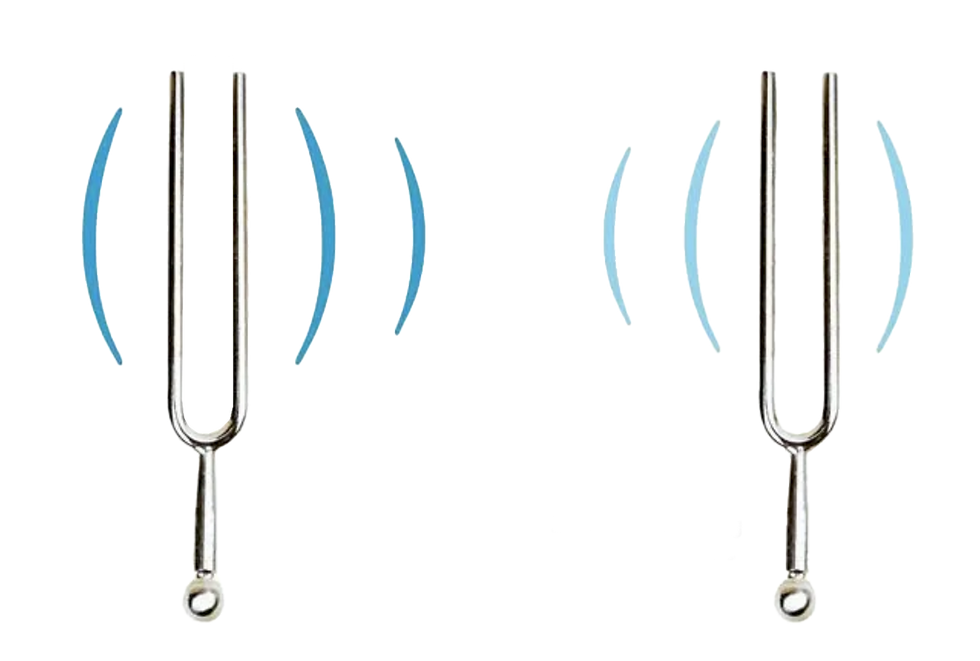
After many considerations I decided to start a new project.
Welcome on this dedicated blog on where I will update the progress of the project time-to-time.
Very interesting indeed –
Something new is coming to enhance my Classic watch design with a new complication – namely Resonance.
In general synchronization and resonance are related but distinct concepts. Below are some explanations of the terms.
In watch industry phenomena is called simply "resonance" to make things easier to discuss.
What is a simple definition of resonance?
Resonance is the occurrence of a vibrating object causing another object to vibrate a higher amplitude. Resonance happens when the frequency of the initial object's vibration matches the resonant frequency or natural frequency of the second object.
What is a simple definition of synchronisation?
Synchronization refers to the alignment or coordination of the phases or frequencies of two or more oscillating or periodic systems. For example, when two pendulum clocks are placed close to each other, their pendulums may eventually synchronize and begin swinging in unison, even if they started out of sync. This is because the small mechanical interactions between the clocks cause them to "lock in" to a common frequency.
For physicists, synchronization is particularly intriguing in inert systems. Place two identical metronomes on a wooden bar mounted on two fizzy-drink cans, and you’ll find that the rhythms of these mechanical devices – used by musicians to keep time – can synchronize within minutes or even seconds.
First instance of resonance in horology goes back 1655 when Christiaan Huygens (a famous dutch scientist and inventor of the pendulum clock) first noticed in his workshop that if he had multiple pendulum clocks suspended from the same wooden beam, over time the swing of these pendulums would synchronise. If he disrupted this and set them independently, he noticed they would again automatically sync up once more.
There are many stories written about resonance and syncronization both scientific and general. One an interesting story is in Physic World:
Now, that was general writing about the history and terminology.
Wondering how to implement all this to a wristwatch that will be wearing by you, perhaps?
Some parameters to work with are such as; Watch diameter only 38 mm? Fits nicely to your wrist!
Weight 30 gram or less? Can it be done as light? Very comfortable to wear with evening dress, tuxedo, ... ?,
Titanium case? Partly open dial?
In my mind a flow of 3D models, drawings, materials, designs,... just name it - comes together as a concept to be materialised as a elegant Classic Resonance time piece.
Next it will be needed some renders to visualize?
To be continued,...

Comentarios